Wim Wenders was born in August 14, 1945 in Dusseldorf, Germany. He studied in the Film School of Munich after he had abandoned his studies in Medicine and Philosophy. Between 1968 and 1971 he wrote film reviews and in 1970 he made his first full length feature film, called Summer in the City. In Wenders’ film called The State Of Things (1982) we hear the phrase that life may be coloured but black and white can sometimes be more “realistic”.
Wenders, by making a not so strict classification, had established two styles of filming. He used black and white for the director’s ideas on the script , ideas which were vague and included dream states and personal experiences (A). On the contrary, he used colour in films that followed closely a script (B). Alice in the Cities is a black and white film (A). The American Friend is a colour one (B) and The Wings of Desire consists of two parts, one black and white (the longer part in the film) and a coloured one.
The use of colour or black and white can cause emotions to the viewers and affect them psychologically. The colours can be chosen according to the results they can produce, taking into account their balance, ratio and composition in the film.
Wings of Desire 1987
The main characters are guardian angels – well meaning and invisible – that can hear the thoughts of mortals and try to comfort them. One of them, Damiel, desires to become human since he falls in love with Marion. Peter Falk helps him during his transformation by presenting to him the small pleasures of life.
The first (black and white) half of the film leads us to this point : a group of angels moves towards a human life and leaves a transcendent, “timeless” city for the real city of today’s Berlin. So, in the second half of the story the most exceptional and fascinating things happen. Everything is in colour. Not that life is “more real” than that of the past. On the contrary. Maybe the angels’ “visibility” was “truer” than colours. In any case, the new way of viewing excites them.
Therefore, through seeing the image in black and white, the viewers are distanced from reality because they are not allowed to see the world in the usual way. The angels and the viewers are placed in an equivalent position. In the middle of the film we see angel Damiel touching a wound on his head and being mystified by the colour of his own blood. He is impressed by the sight and the brightness of the “red” colour and asks enthusiastically a passer by to spot the different colours on the wall of Berlin.
Wenders ‘ choice to place the main colour transition of the film on the borders between East and West also underlines the political meaning of the colour. In the “Wings of Desire” it can be supported that the aesthetic pleasure of this instant use of colour leads the viewers to follow angel Damiel to his desire for the (coloured) mortal kingdom. As viewers, by watching the film and the two angels, we identify to a great extent with them, with their thoughts and concerns. This happens as see and hear through their eyes and ears. This way we observe from a distance, through the screen, people ‘s lives, our own life.










The American Friend 1977
Jonathan Zimmermann believes that he will soon die of leukemia. A ruthless American, Tom Ripley takes advantage of Zimmermann’ s illness for his own purposes. He introduces Jonathan to the “dark” world of Minot, who offers to hire Zimmermann as a professional hit man. He has to leave back his wife and their child. What is there to lose since he will die anyway? A friendship develops between these two very different men, and this finally leads Ripley to intervene when Zimmermann proves to be incapable of committing one more murder.
In the film the painter Edward Hopper was the source of inspiration. In a sense, many of Wenders’ films investigate the relationship between cinema and painting. He himself confesses that he has been using Hopper’ s paintings as models since the 1970s and that Hopper ‘s influence can be visually noticeable in the American Friend in the green and red colour tones that are predominant.
Wenders: “I used to be a painter. What interested me was the empty space. I painted landscapes, either of nature or urban ones. I became a filmmaker when I realised that I was going nowhere as a painter. ”Colour can be used to give the viewer visual pleasure. It can also be an important element of the narration.The gradual modifications in the colour of a scene can take different meanings. Therefore, we can see that the use of colour can cause controversial discussions. For the first time colour was considered as a technical resource that supposedly revealed reality to a larger degree, by representing an improvement towards realism.This was based on its ability to represent “the world we live in”.
To sum up, the coloured filming in Wenders’ films and more specifically in the American Friend, played a key role in the narration itself. Colour was useful here in the way that it could help describe a character, or depict a mood or feelings. Wenders used the powers of colour for both dramatic and aesthetic purposes and he was one of the filmmakers that accepted the idea that colour could be used in realistic narrations and become an essential element in order to emphasize the story itself.
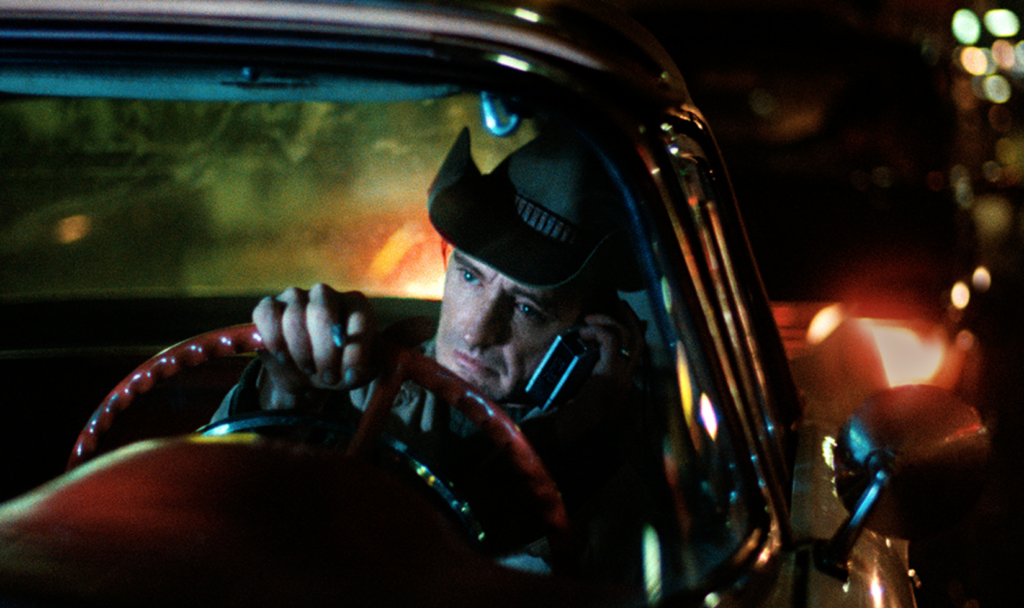
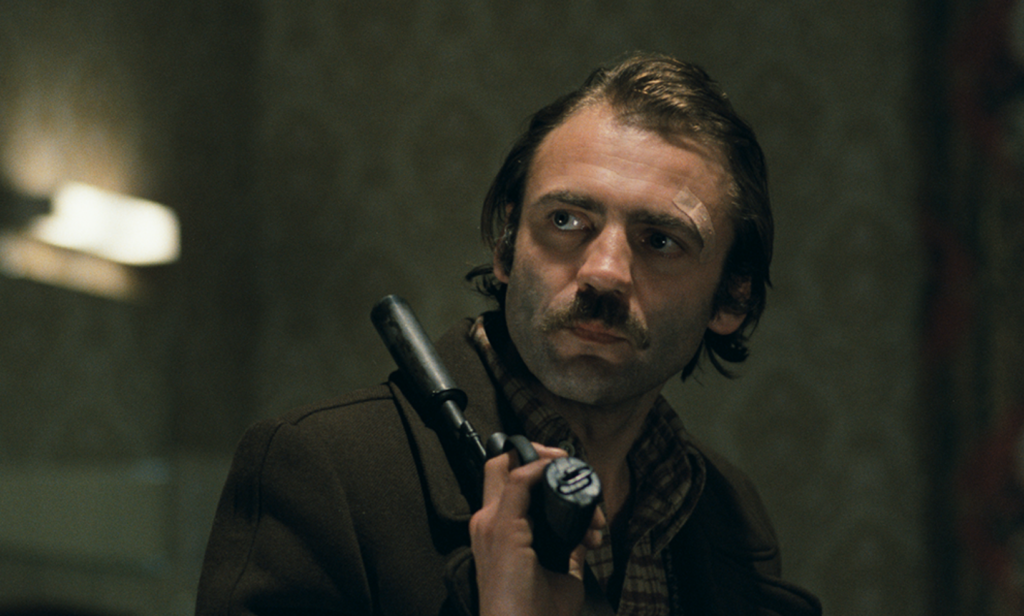
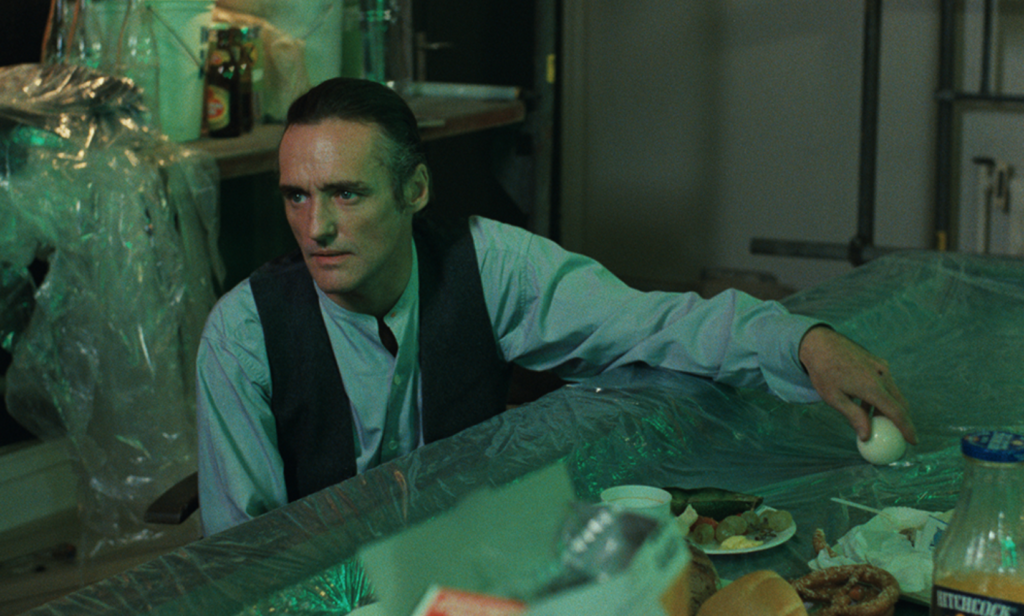
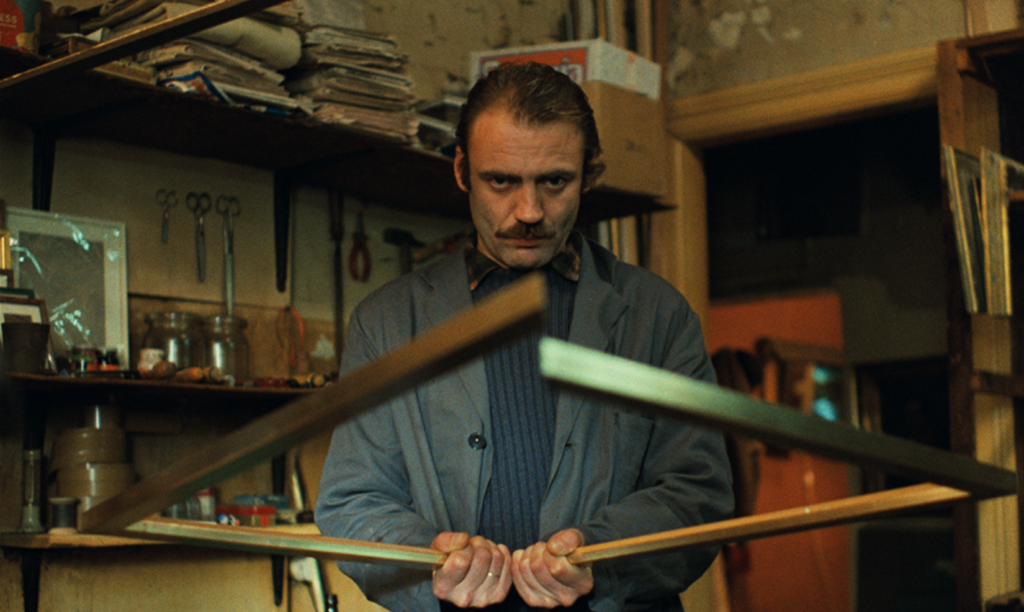
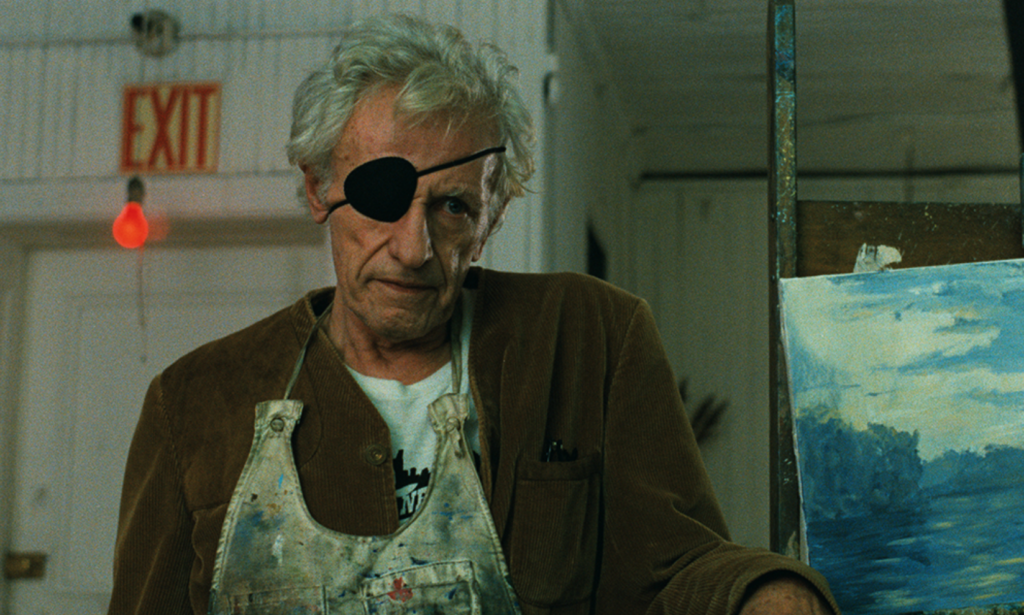
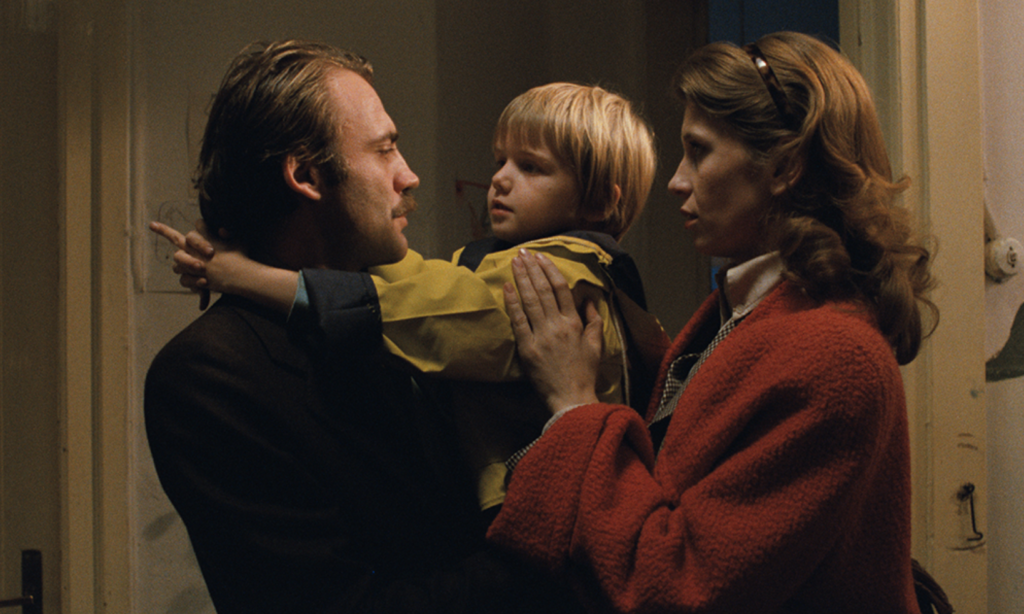
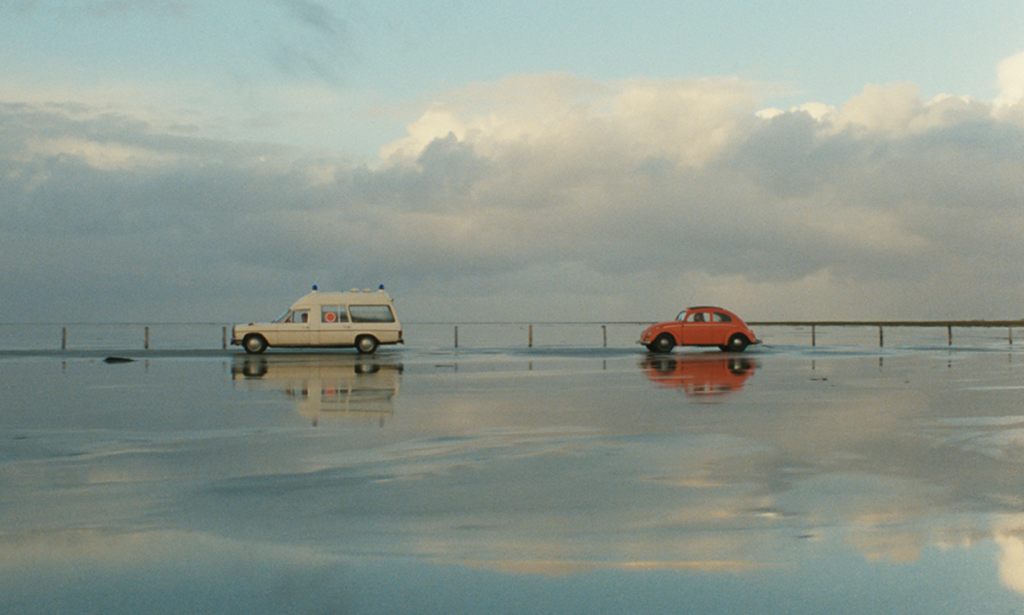
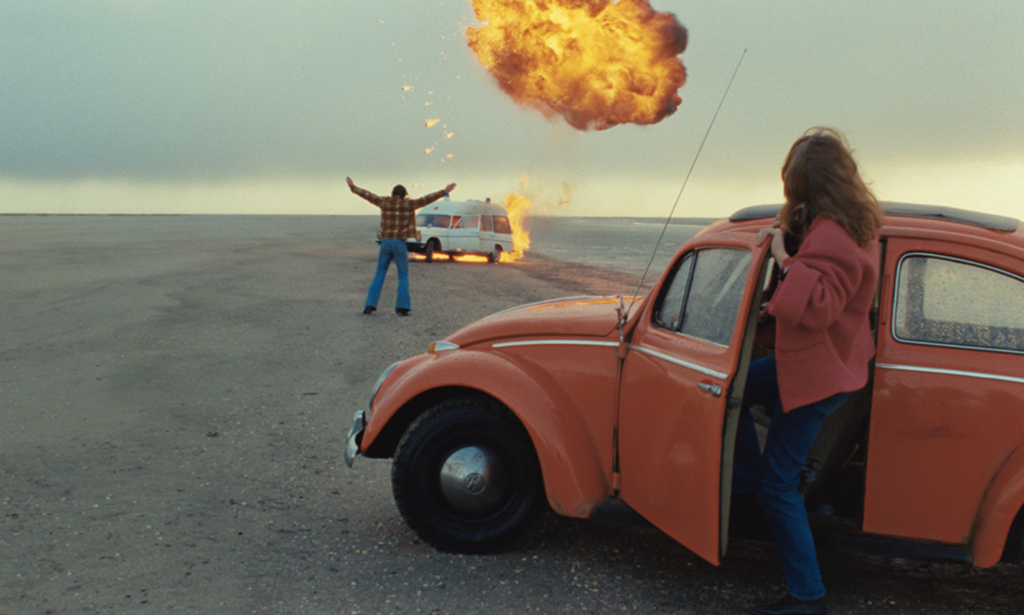
Alice in the Cities 1974
German journalist Phillip Winter wants to write a story about America, but he can’t find inspiration and creates nothing more than a series of Polaroids before he begins, disappointed, his journey back home. At the same time, he hesitantly agrees to take little Alice with him because her mother – whom he meets in New York one day before her departure – has some urgent business to deal with there. In Amsterdam the mother doesn’t show up as agreed, so Winter and Alice start looking for the little girl’s grandmother. During their quest, the initial mutual dissatisfaction turns gradually into an affectionate communication.
The “realism”,referring either to the colours or the black and white, allows us to depict life and nature as they really are, and it will be just an accurate recording of certain events, unless we guide this realism to the worlds of art. The transition from black and white films to coloured ones was at first full of non-realistic aesthetic experiments. Colour is an element that can also be used for definitely non-realistic purposes. In the part of realism, the main argument is that a film, with elements such as sound and colour, achieves an air of originality, keeping and enhancing the sense of reality.
In the question however, which photo, a black and white or a coloured one is more realistic, nobody can give a confident answer. In every circumstance of our life but also at the cinema we have to know both sides, (black and white – coloured) in order to choose which one suits is. This is what Wim Wenders does with his films.


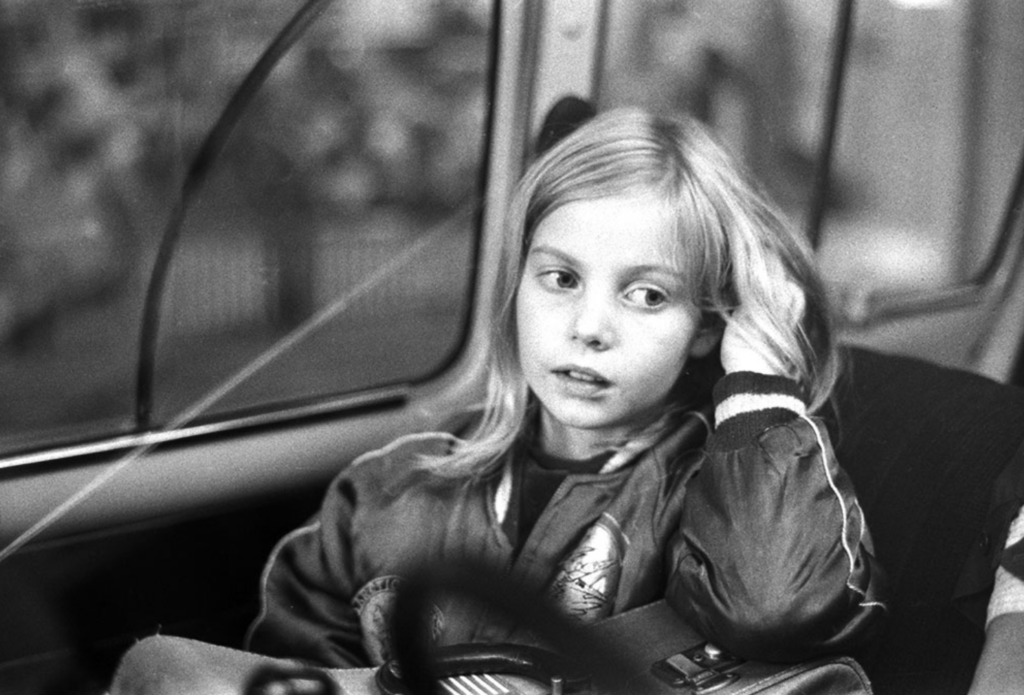
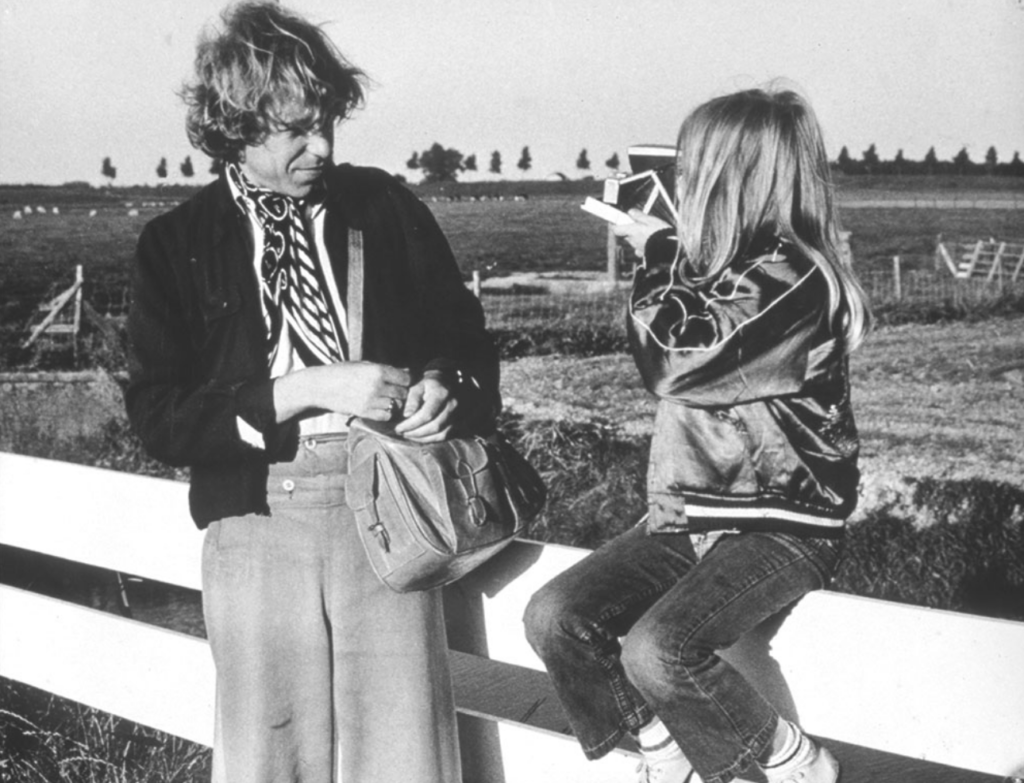


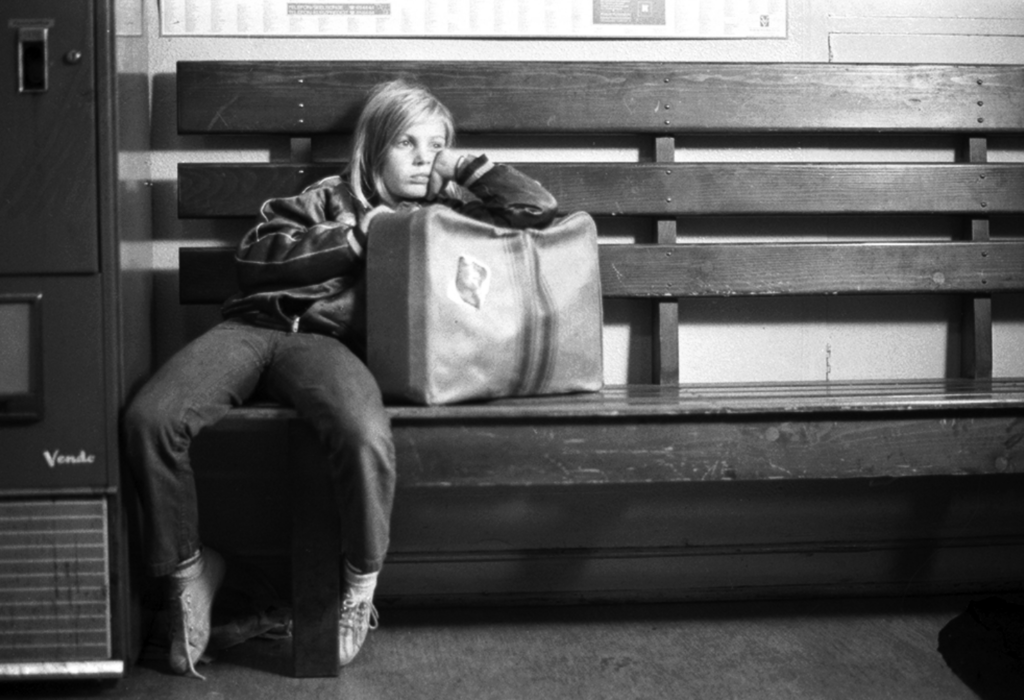
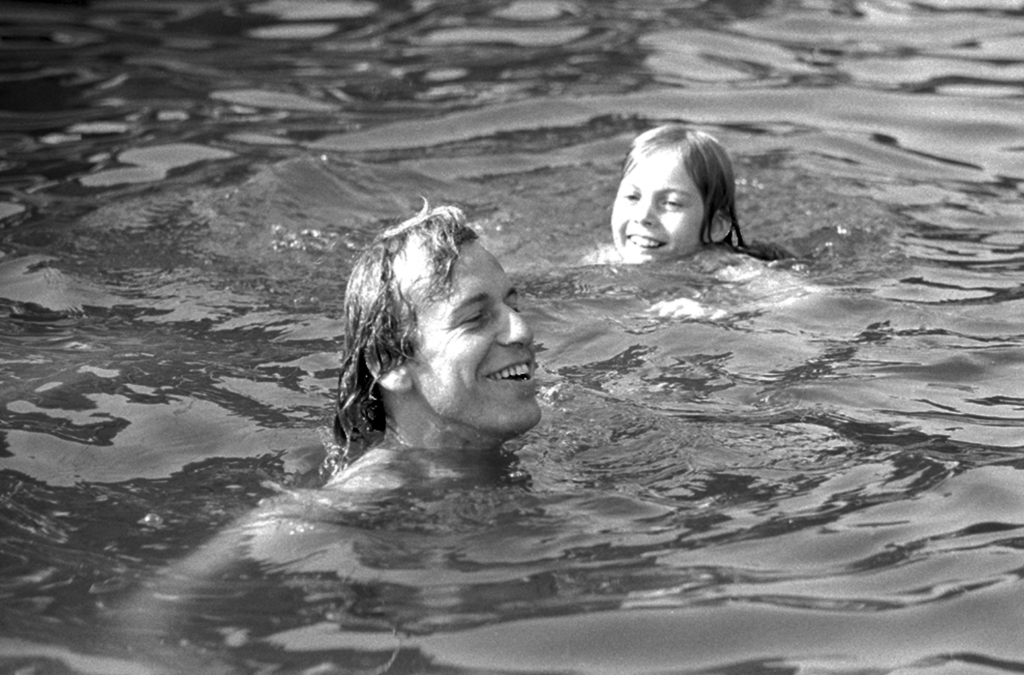
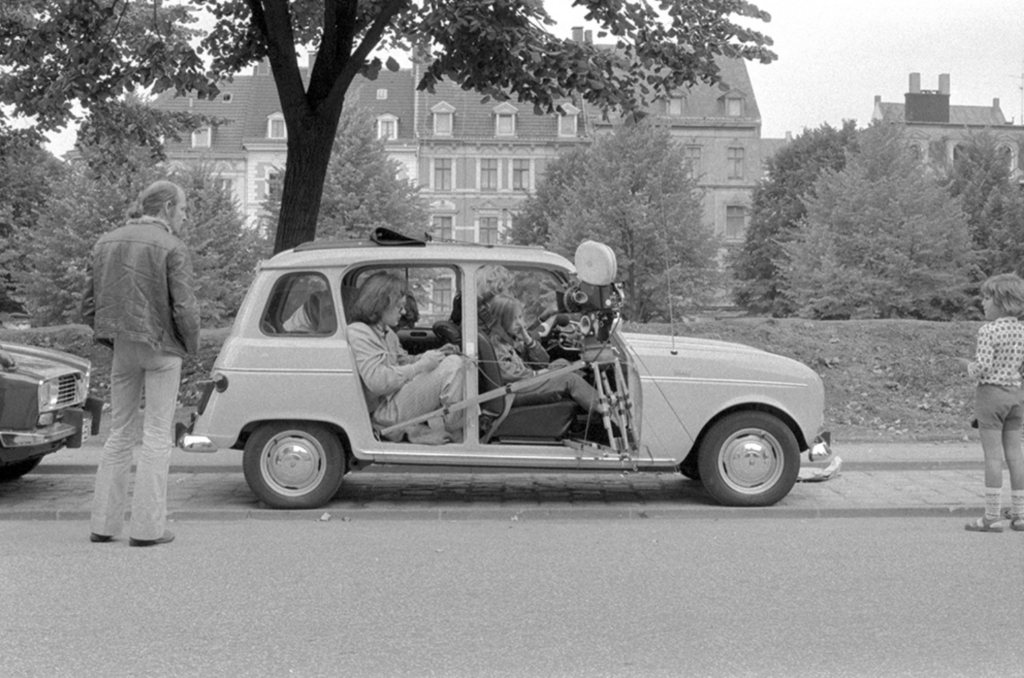
Invited writer Alexandra Riba (b.1997) is a photographer born and based in Thessaloniki,Greece. She is a student in the “School of Film Studies in Aristotle University of Thessaloniki”. She studied contemporary photography in “Stereosis school of photography”. She has exhibited her photographs in important art spaces such as Teloglion Fine Arts Foundation and The Benaki Museum. Presented in many online sites and magazines. @alexanriba



